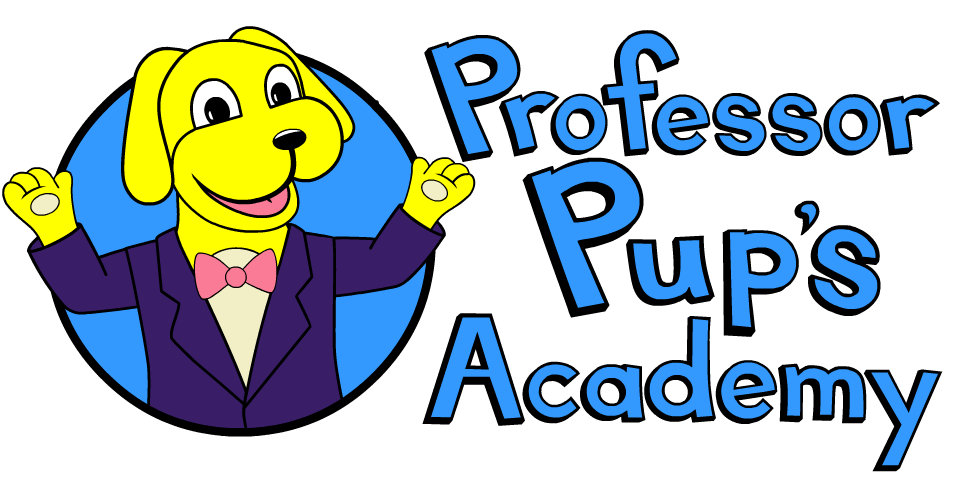Phonics and reading will be a big part of your children’s education. As parents with children entering school, you will be doing your fair share of researching the best ways to help your children learn how to read. Learning about phonics and reading can be intimidating, especially for those who have never before heard about phonics.
If you would like to better understand what’s going on in the world of phonics and reading, first familiarize yourself with these five terms.
#1 Phonemes
Phonemes [FOH-neems] are the first building block of phonics and reading. In reading science, phonemes are the smallest units of sounds used to create words. Phonemes are pure sounds, so when they are explained in text, like here, you will see the sound contained in / / symbols. For example, the word cat has three distinct phonemes: the /k/ sound, the /a/ sound and the /t/ sound.
#2 Phonemic Awareness
When learning about phonics and reading, you will often come across the term “phonemic awareness.” Phonemic awareness is important for young learners to develop into strong readers. It is a skill that children develop and has to do with how well they can recognize and use phonemes. For example, a child with phonemic awareness understands that the letter a might look the same in both the words cat and ate, but sound very different.
#3 Sight Words
In phonics and reading, sight words are words that young readers encounter often but have difficulty figuring out. These are words that do not follow typical phonics rules, so they can be challenging to sound out. As a result, some teachers and parents opt to have children memorize sight words to save time and effort. Some popular sight words include come, does and who. While some teachers and parents like to teach sight words because it’s quick, simple memorization does cut corners and may compromise the experience of learning phonics and reading.
Blended learning is an approach to teaching students with technology. This means that classroom instruction takes place partly in the classroom face to face with an instructor. The other part of instruction takes place online. The balanced between in-house and online instruction varies, but almost always a blended learning classroom includes:
- Web-based content and instruction
- Devices that accommodate self-paced learning
- Integrated learning experience
Blended learning always prioritizes the student and allows a personalized learning experience. At present, about 70 percent of schools implement some sort of technology in the classroom.
#5 Bloom’s Taxonomy
Bloom’s Taxonomy is a model that classifies learning objectives. It focuses on six different skills in graduating difficulty that students should master in order to learn how to analyze text, think critically and form their own opinions.
The six steps of Bloom’s Taxonomy includes: knowledge, comprehension, application, analysis, synthesis and evaluation. By asking certain questions, students learning phonics and reading skills practice summarizing stories, comparing and contrasting, identifying qualities and forming their own ideas and opinions.
Work with Professor Pup’s Academy in Your Classroom
There are so many different approaches to teaching phonics and reading. In addition, children learn and develop at different rates. Sometimes, what our kids learn in class will be enough. Other times, it won’t.
For parents who want to help their children with learning phonics and reading skills, we highly recommend our at-home programs. Professor Pup’s Academy focuses on creating kid-friendly programs that teach children the fundamental skills in phonics and reading. At the end of our system, children have the skills they need to succeed in as readers and learners.
To learn more about our programs for phonics and reading, please visit our website for parents. Or, if you’re ready, you can download our app for your tablet at the App Store or the Google Play Store. We provide the first five lessons for free, so you have plenty of time to figure out whether or not it suits you and your child.
